Introduction to the flavor difference between Ethiopian Yejasuefei and Sidamo coffee beans
For professional baristas, please follow the coffee workshop (Wechat official account cafe_style)
Ethiopians have a penchant for coffee, with an annual per capita coffee consumption of 3 kg. Ethiopia ranks first in terms of coffee consumption in Africa and, if compared with European countries, can also rank among the top-middle coffee consuming countries in Europe.
Now, Ethiopia produces coffee not only for drinking, but also for coffee lovers around the world to enjoy it better. With the continuous improvement of the quality and production efficiency of the coffee industry, Ethiopia is now more than ever able to provide high-quality coffee to even the most picky and discriminating customers. Ethiopia hopes that not only the coffee consumers in the world but also the Chinese people can share this precious wealth of Ethiopia. Because Chinese people have gradually become "experts" in appreciating the quality of coffee.
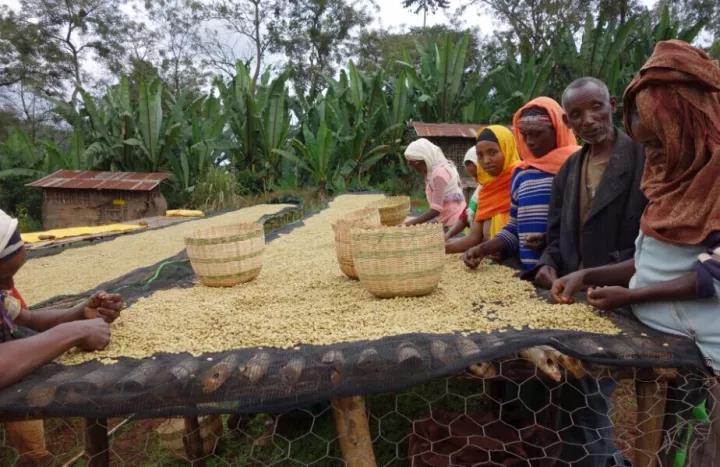
The most direct grasp of coffee flavor) to ensure the quality of each batch. Before the harvest season, Trabocca invites selected smallholder organizations / producers to participate in the production of micro-batches of coffee (about 1500 to 3000 kg), carefully picking 100% ripe red coffee cherries by hand (hence the Red Cherry Project). Trabocca provides financial loan support, new hardware equipment and production processing knowledge and technology to assist farmers, promising to buy at a good price as long as the quality of the actual output meets the cup test standards in Addis Ababa in Ethiopia and Amsterdama in the Netherlands. This year, the passing standard set by Trabocca is 88 points. The beans of the red cherry project are packed in plastic inner bags (GrainPro bags or vacuum box) immediately after the processing of the origin is completed, and then shipped to Djibouti for shipping. Strive for perfect quality through immediate monitoring, safe transportation and timely and appropriate handling.
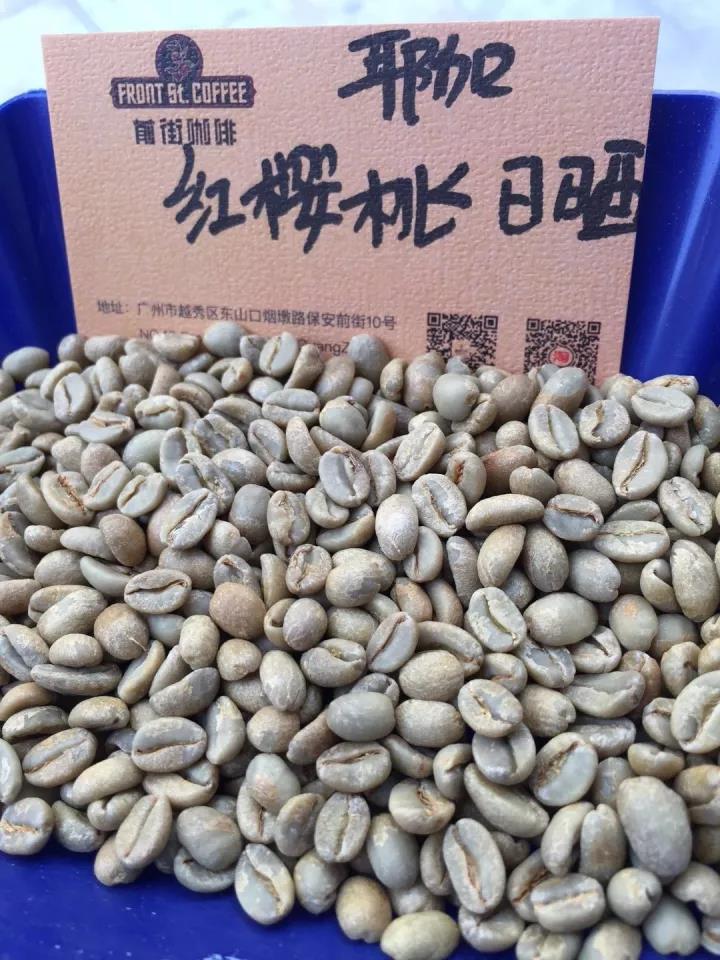
Kaibedo is a small coffee cooperative in a small town in Dala, Sidamo Province. the average planting area of each small coffee farmer here is about 0.6ha, which is composed of hundreds of coffee farmers. it is planted nearly 2000 meters above sea level, with a large temperature difference and fertile soil, which provides an excellent growing environment, and the raw bean itself exudes a strong aroma of raisins and fermented wine. The nearly yellowish-brown beans are actually small and slender, but the weight on the hands is very solid. After baking, we found that the bright berry aroma, or rich chocolate-like aftertaste, makes this bean have an eye-catching performance, whether it is light baking or deep baking.
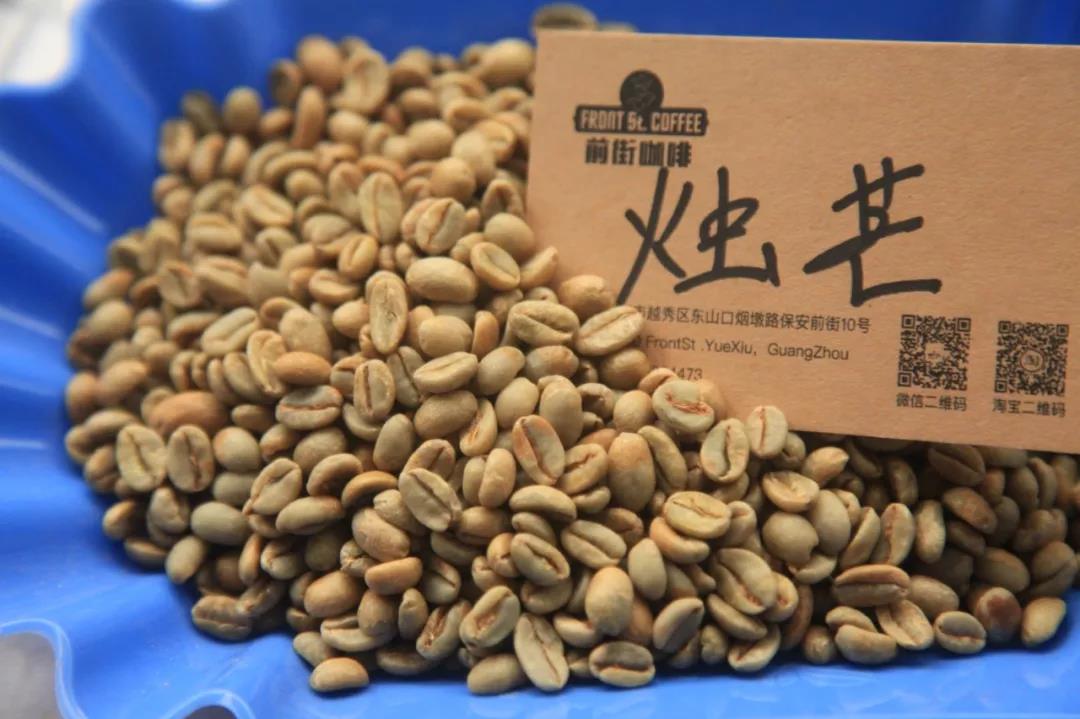
The coffee in Sidamo has a variety of flavors. Different soil types, microclimates and countless native coffee species, towering mountains, highlands, plateaus, valleys and plains, diverse topography, and the geology of the area belongs to nutrient-rich, well-drained volcanic soil. the depth of the soil is nearly two meters, and the surface soil is dark brown or brown. The biggest advantage of the area is that the soil fertility is maintained through the circulation of organic matter, using the withered leaves of the surrounding trees or the residual roots of the plants as fertilizer. Therefore, the coffee produced in cities and towns has obvious differences and characteristics. In 2010, Murray 2012, it continuously obtained the high score of CR92--94, the authoritative coffee evaluation website in the United States. Thus it can be seen that the raw beans in this area are extraordinary.
Sidamo Coffee beans are grayish, thick in some places and small in others, with soft and strong acidity, mellow and sweet and spicy. It is one of the courtyard coffees in the highlands of southern Ethiopia. Unlike ordinary African coffee, Sidamo has clear acidity, smooth taste and delicate floral smell.
The taste of Sidama in the sun is close to the smell of flowers, but it is about a little earthy. Water washing has a nutty fruit aroma with a slight cocoa aroma, but what the two have in common is smooth taste and viscosity, comfortable and pleasant acidity and fragrance. Light or medium roasting is suitable for individual products, while medium or deep roasting is suitable for blending coffee and good Espresso base.
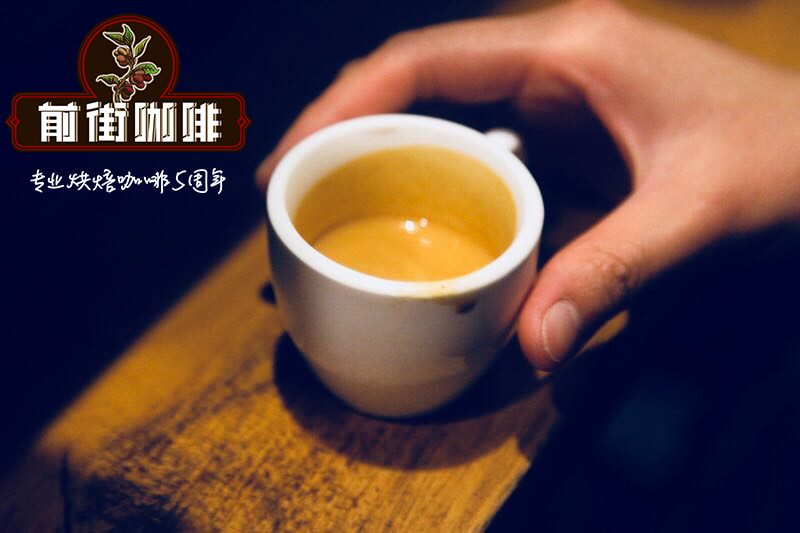
The washed Sidamo is light green, the beans are small, the growth is oval, the fruit is full, the average quality is good, the smell is fragrant and mellow, a drop of entrance, endless aftertaste, with wild beauty. It is elegant and playful, the entrance taste is mild and pleasant, and later bright lemon acid form a strong taste impact, the taste is unique and mellow, the taste is unique and pleasant, and the slowly rising end rhyme contains chic sweetness.
Ethopia Ethiopia
Population: 93877000
The name of the producing area of Ethiopia is the most recognized in the coffee industry, and it is currently the country with the highest number of coffee names as the name of the producing area. This is the case today, and the future is foreseeable. In addition, the Arabica genetic potential of the original species and wild species will also be a major advantage of Ethiopian coffee.
SIDAMO
Sidamo and two other regions, ─ Hara and Yegashev, were approved by the Ethiopian government to register their trademarks in 2004, making the region's reputation and local coffee beans more recognizable. Hidamo's mixed use of water washing and sun treatment is popular among consumers who like fruit and strong aromas. After Italy withdrew from Ethiopia in 1942, locals called themselves Sidama. Therefore, Sidamo or Sidama is the general name of coffee beans in this area. Some high-quality coffee beans from Ethiopia are also grown in this area.
Altitude: 1400-2200m
Harvest: October-January
Variety: Heirloom
LIMU
Even without the reputation of Hidamo and Yegashev, Lim still produces amazing coffee. Most of the areas are small farmers, but there are also some large estates belonging to the government.
Altitude: 1400-2200m
Harvest: November-January
Variety: Heirloom
HARRAR
This area is the town around Hara and is the oldest production area. Coffee in this area is so special that it is not in an environment that requires additional irrigation. Hara enjoys a high reputation over the years, although the sun treatment can adjust the original turbid, woody soil flavor to a bright blueberry flavor. Coffee beans are so special and memorable that people who have worked in this coffee industry have opened their eyes to the diversity of bean flavors.
Altitude: 1500-2100m
Harvest: November-February
Variety: Heirloom
YIGACHEFFEE
Yegashev Coffee in short: diverse and unique. Many of the great washed beans show explosive aromas, full of citrus and floral aromas, and have a light and elegant nature. There is no denying that this area is a high-quality and interesting coffee bean production area, and of course the best beans get higher prices. The characteristics of Yegashev can recommend those who like Earl Grey Tea to try. In addition, some beans are treated in the sun, which is also extremely interesting and enjoyable.
Altitude: 1750-2200m
Harvest: October-January
Variety: Heirloom
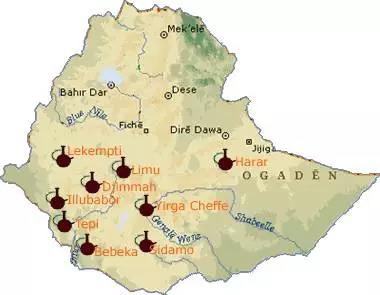
The coffee market regulatory body in Ethiopia is the Ethiopian Coffee and Tea products Administration. There are two auction centers in the country, one in the capital Addis Ababa (Addis Ababa) and the other in Dire Dawa in eastern Ethiopia. Coffee growers wash fresh fruits or take them to private coffee processing plants or cooperative coffee washing stations. Washed and dried coffee beans are transported to a central store in Addis Ababa, the capital, where they are fully inspected and soaked, rated according to poor quality and auctioned. Coffee from state-owned farms has to follow the same procedure after being processed by the farm. Buyers who participate in the auction will carefully observe the coffee beans and their soaking proof before bidding. The bidding takes the form of buyers shouting out the list price. Ethiopia exports 80% of the natural or sun-cured coffee beans and 15% of the wet-processed coffee beans every year. Ethiopia has about 2.5% of the global coffee market. Ethiopia's coffee is exported to all parts of the world, and Germany, Japan, Saudi Arabia and the United States are Ethiopia's four major coffee exporters. On average, Ethiopia exports about 109000 tons of coffee (equivalent to 1.8 million bags of 60 kg coffee) to all parts of the world each year.
Ethiopian coffee beans grow in close to the natural environment, after years of planting under the same growth conditions, Ethiopian coffee beans have gradually adapted to the environment here. More than 60% of coffee beans are grown in forests or semi-forests.
Large-scale coffee-growing villages account for about 35% of the country's total coffee production. These coffee farms, which use a multi-tier coffee planting system, are carefully cared for. Coffee farmers do not use chemical fertilizers, but use fallen leaves and animal and plant debris to increase soil nutrition. In addition to coffee, farmers also frequently grow non-coffee crops. Even manor coffee (coffee produced by state-owned farms), which accounts for 5% of the country's total coffee production, shows the characteristics of forest coffee production.
Located in the most advantaged natural conditions, Ethiopia produces unique high-quality coffee every year. Ethiopia's coffee growing cycle brings the joy of harvest to the country every year. Beautiful white coffee flowers will bloom and bear fruit every year from March to April. Only the reddest and ripe fruits are selected as coffee ingredients between September and about December. The export of new coffee starts in November or December every year.
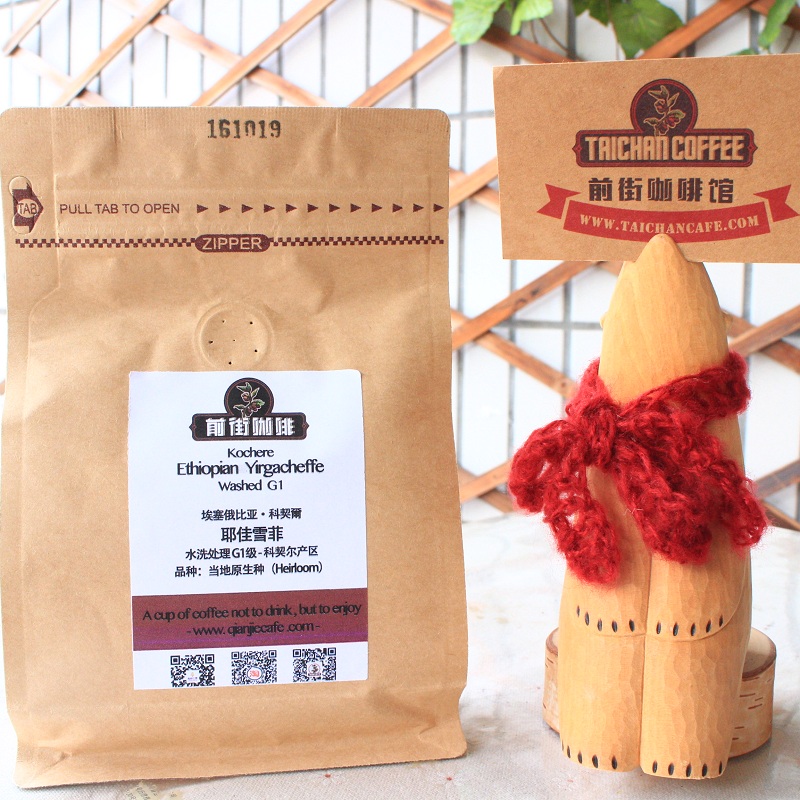
Purchase connection: https://item.taobao.com/item.htm?spm=a1z10.3-c.w4002-15673140470.13.400c283aWCYDSV&id=45744532491
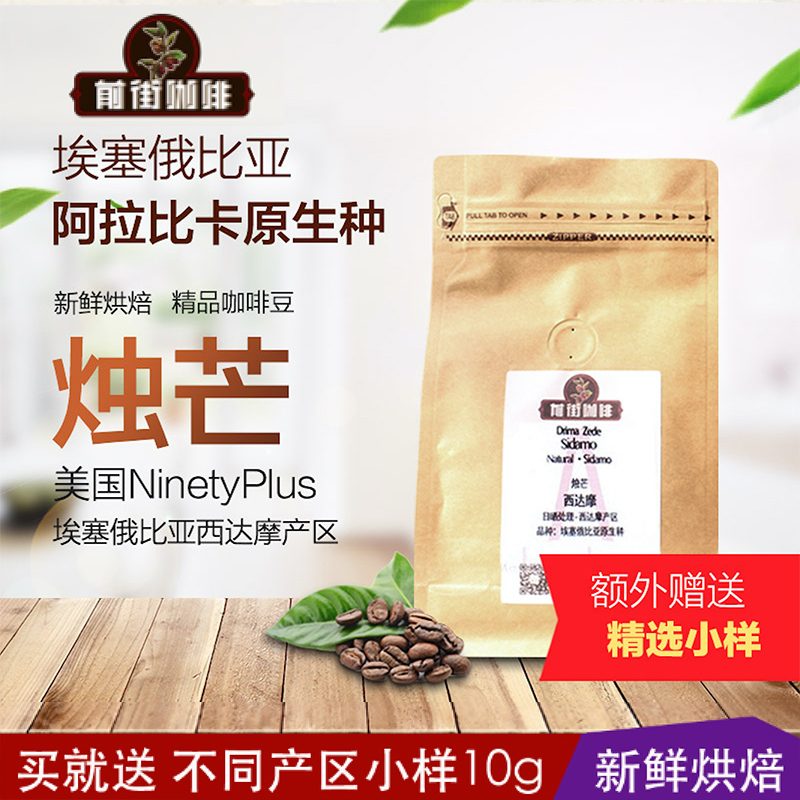
Purchase connection: https://item.taobao.com/item.htm?spm=a1z10.3-c.w4002-15673140470.9.3bc49599SiEHzq&id=539597297862
Introduction to the flavor difference between Ethiopian Yejasuefei and Sidamo coffee beans
As the top washed coffee in Ethiopia, which is the origin of coffee, Ethiopia Washed Yirgacheffe has the characteristics, high quality and low yield, so it has the factor of top coffee and is naturally very popular. Yega snow coffee is almost synonymous with the best coffee in Ethiopia! Up to 5800-6600 feet above sea level, it is famous for its lemon flavor and floral smell. The coffee beans are exported to Japan and Europe, but are rarely seen in the United States.
In order to fully experience the taste of Yejia snow caffeine Yirgacheffe, the coffee was baked in light and deep stages respectively and brewed in a pressure pot.
Light-baked Yirgacheffe, roast over low heat for 15 minutes, turn off the heat and glide for half a minute, then cool the beans and blow off the silver skin. The coffee beans are roasted evenly (because the raw beans are washed and clean) and brown. When using hand coffee grinding, it feels good, smooth and moderate resistance. The dry aroma of coffee powder was a little earthy at first, and then there was a strong, introverted aroma. After brewing, the wet fragrance has obvious orange fruit aroma, and some sour and sweet taste similar to Hawthorn and fruit peel. On the mouth, the taste is a little thin and balanced, with a faint and mild sour taste, rich in oil and long-lasting foam.
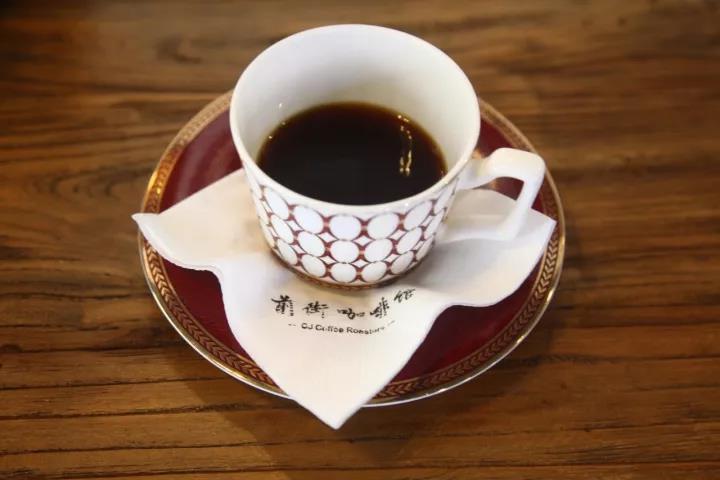
Bake the medium-deep baked Yirgacheffe over low heat for 17 minutes, turn off the heat and glide for half a minute, then cool the beans and blow off the silver skin. there is a slight oil on the surface of the coffee beans and the beans are black and brown. Beans are very light, the resistance when using hand coffee grinding is very small, and it is not easy to drop beans. The dry aroma of coffee powder has a strong scorched fragrance and a faint smell of African soil. After brewing, the wet fragrance has a good burnt fragrance, and after deep baking, it seems to have completely lost the regional characteristics of the orange flavor. But after the coffee entrance sipping, very rich, fragrant and pleasant, rich in variety, gentle sour, bitter, astringent are well reflected, the texture is thick, the consistency is better than shallow baking, and the finish is long.
Yega Yirgacheffe has a good performance in both light baking and medium-deep baking: if you like the unique orange fruit aroma, light and mild taste, you can choose the light baked Yirgacheffe, which will produce beans at the end of the first explosion; if you pay attention to the richness and thickness of the taste, as well as the consistency and aftertaste, you can choose the lightly oiled Yirgacheffe baked in Vienna, which will produce beans in the middle and later stages of the second explosion. Because Yejia snow coffee Yirgacheffe is washed with water and has relatively high water content, it is necessary to pay attention to sufficient dehydration time; nor should it be roasted for too long, so as not to emit more homeopathic coffee aroma substances at high temperature for a long time. To be just right, low heat and a small amount of coffee should be roasted for about 15 to 20 minutes.
The recommended brewing parameters of Qianjie coffee
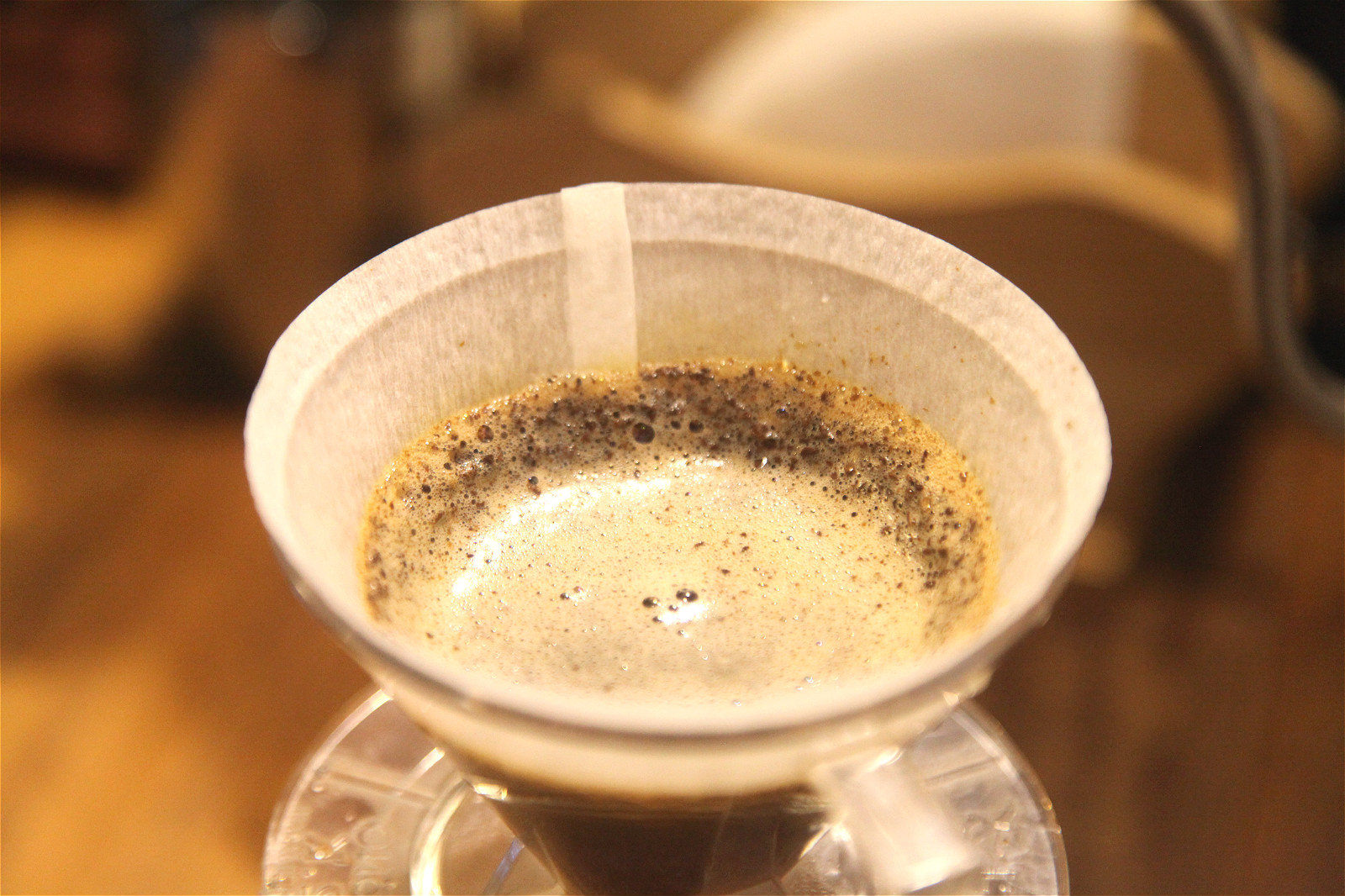
Hand-washed Sidamo. 15g powder, medium fineness grinding (small Fuji ghost tooth cutter 3.5grinding), v60 filter cup, 91mi 93 degrees water temperature, first water injection 30g water, carry on steaming for 27 seconds, injection to 105g water cut off, wait for powder bed water to half, then water injection, slow water injection until 225g water volume, no water powder ratio at 1:15, extraction time at 2:00
Hand-made Yejia Xuefei. 15g powder, medium fineness grinding (small Fuji ghost tooth cutter 3.5grinding), v60 filter cup, 91mi 93 degrees water temperature, first water injection 30g water, carry on steaming for 27 seconds, injection to 105g water cut off, wait for powder bed water to half, then water injection, slow water injection until 225g water volume, no water powder ratio at 1:15, extraction time at 2:00
Recommended for more exciting content:
What is the difference in the description of the flavor and taste of Yega Xuefei and Sidama coffee beans?
The difference between Candlestick and Yega Sheffield Coffee Sidamo Coffee describes the taste
An introduction to the difference between the flavor description of Sidamo Candle Coffee beans and Yega Xuefei
Introduction to the flavor description, quality and taste of Ethiopian Sidamo Lion King Coffee
Introduction to the characteristics of different flavors and tastes of Yega Xuefei and Sidamo Coffee
Important Notice :
前街咖啡 FrontStreet Coffee has moved to new addredd:
FrontStreet Coffee Address: 315,Donghua East Road,GuangZhou
Tel:020 38364473
- Prev

Varieties of Ethiopian coffee beans taste of manor region flavor description method grinding engraving degree introduction
The main producing areas of Ethiopian coffee are Harald in the east, Djimmah in the southwest and Sidamo in the south. Yirgacheffe, with its unique aroma, comes from the northwest of Sidamo province.
- Next

Introduction of Panamanian Flower Butterfly Coffee Flavor Flavor Manor Regional treatment Grinding scale
Panamanian Flower Butterfly Coffee Flavor Manor Regional treatment method Grinding scale introduces that there are many ways of washing treatment, but generally speaking, the floating beans are removed after the coffee fruit is picked, then the pulp is removed, and then the coffee beans are soaked in a fermentation trough. The enzymes in the water will soften the mucus attached to the peel of the coffee beans, and the natural yeast will decompose the sugar in the mucus.
Related
- Detailed explanation of Jadeite planting Land in Panamanian Jadeite Manor introduction to the grading system of Jadeite competitive bidding, Red bid, Green bid and Rose Summer
- Story of Coffee planting in Brenka region of Costa Rica Stonehenge Manor anaerobic heavy honey treatment of flavor mouth
- What's on the barrel of Blue Mountain Coffee beans?
- Can American coffee also pull flowers? How to use hot American style to pull out a good-looking pattern?
- Can you make a cold extract with coffee beans? What is the right proportion for cold-extracted coffee formula?
- Indonesian PWN Gold Mandrine Coffee Origin Features Flavor How to Chong? Mandolin coffee is American.
- A brief introduction to the flavor characteristics of Brazilian yellow bourbon coffee beans
- What is the effect of different water quality on the flavor of cold-extracted coffee? What kind of water is best for brewing coffee?
- Why do you think of Rose Summer whenever you mention Panamanian coffee?
- Introduction to the characteristics of authentic blue mountain coffee bean producing areas? What is the CIB Coffee Authority in Jamaica?

